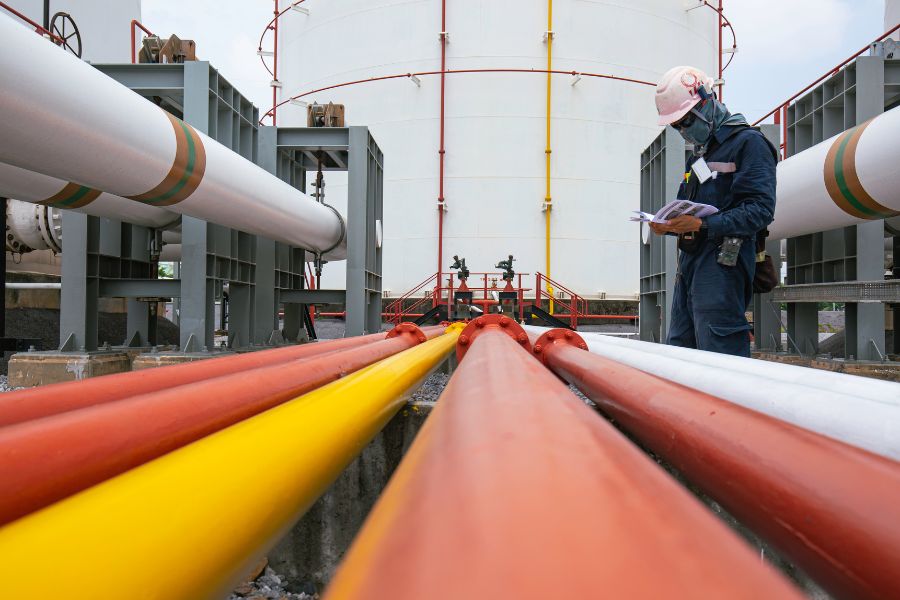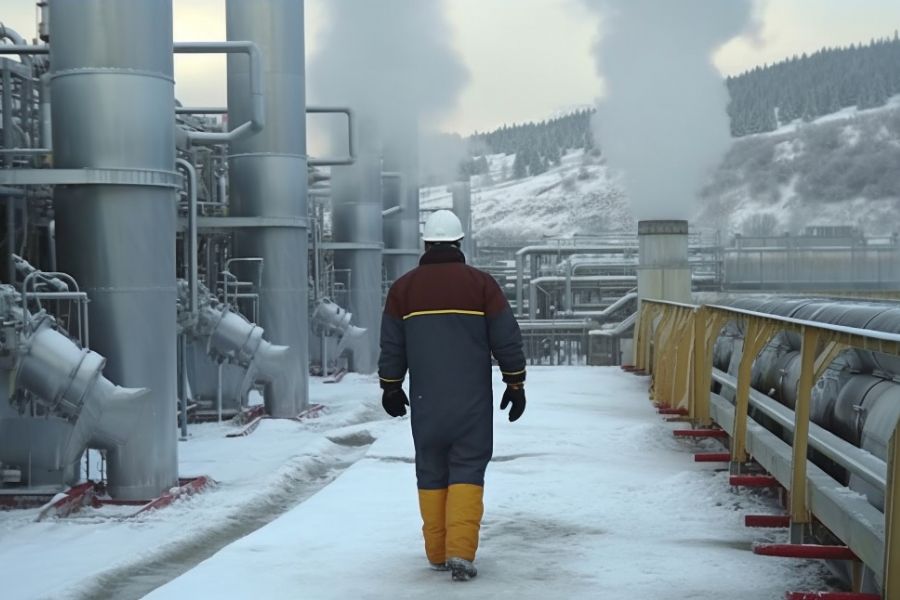Cathodic Protection for Gas Pipelines: Shielding Against Corrosion
Gas pipelines serve as the mainstay of our energy system, making it possible to safely and effectively deliver natural gas to homes and businesses. But these essential pathways face constant challenges from harsh weather and the danger of corrosion, which can weaken them and create safety risks. In this thorough examination, we’ll explore how cathodic protection safeguards gas pipelines from corrosion, ensuring they remain strong and dependable over time.
Understanding Corrosion in Gas Pipelines
Corrosion happens when metals react with their environment, and it’s a big problem for gas pipelines. Things like moisture, the type of soil, stray electrical currents, and even tiny organisms can make corrosion worse over time. This weakens the pipelines and could eventually lead to leaks or even big breaks, which can be really dangerous for people and the environment. That’s why it’s super important to really understand how corrosion works so we can figure out the best ways to stop it.
One method to prevent corrosion in gas pipelines is called cathodic protection. It’s like giving the pipelines a shield against corrosion. By using this method, we can help keep the pipelines strong and safe for longer. So, understanding corrosion and using techniques like cathodic protection are key to making sure gas pipelines stay in good shape and keep everyone safe.
What is Cathodic Protection?
Cathodic Protection for Gas Pipelines acts like a shield against corrosion, which is like rust eating away at metal. It uses the science of electrochemistry to make the pipeline a kind of magnet that repels corrosion. By giving the pipeline a negative electric charge, it stops the harmful reactions that cause corrosion. This protection keeps the pipeline strong and lasting longer. It’s like putting armor on the pipeline to keep it safe from damage. So, Cathodic Protection for Gas Pipelines is crucial for ensuring the pipelines stay in good shape and continue working safely for a long time.
Methods of Cathodic Protection
Cathodic protection for Gas Pipelines relies on two main methods: galvanic anode systems and impressed current systems. With galvanic anodes, we use metals like zinc or magnesium that corrode instead of the pipeline itself, safeguarding it from corrosion. This method is like having sacrificial shields for the pipeline. On the other hand, impressed current systems work differently. They use external power to create a continuous electric current, which stops corrosion in its tracks.
When deciding which method to use, we consider factors like what the pipeline is made of, the environment it’s in, and how it’s used day-to-day. Each method has its perks, so it’s crucial to pick the right one for the job.
Benefits of Cathodic Protection for Gas Pipelines
Cathodic protection for Gas Pipelines is super important. It helps prevent things like leaks and ruptures by stopping corrosion, which can mess up the pipes. This protection system basically extends the life of the pipelines by keeping them from wearing out too soon. By making sure the pipes stay strong, it also makes things safer for the people living nearby and stops any environmental damage that could happen if there’s a gas leak. So, using cathodic protection is key to keeping gas pipelines running smoothly and safely for a long time.
Best Practices in Cathodic Protection Implementation
Effective implementation of cathodic protection for gas pipelines requires following strict rules and procedures. This includes regularly checking, fixing, and making sure everything complies with industry rules. It’s crucial to keep an eye on the system and fix any problems quickly. Following the set standards and regulations is vital for making sure cathodic protection works well and gives confidence that the gas pipelines are safe and secure.
Case Studies
Many real-life stories show how cathodic protection works wonders in keeping gas pipelines safe from rust and damage caused by corrosion. These examples are like powerful endorsements, proving how cathodic protection systems really help make pipelines stronger and safer. They highlight just how important these systems are for keeping pipelines in good shape and preventing accidents. So, it’s clear that Cathodic Protection for Gas Pipelines is a smart investment for ensuring they stay reliable and secure for the long haul.
FAQs: Frequently Asked Questions
Q1. What is cathodic protection, and why is it important for gas pipelines?
A. Cathodic protection is a technique used to prevent corrosion on metal surfaces, crucial for gas pipelines as corrosion can compromise their integrity, leading to leaks and failures.
Q2. How does cathodic protection work to prevent corrosion in gas pipelines?
A. Cathodic protection works by imposing a negative electrical charge on the pipeline, which suppresses the corrosion reaction, thus preserving the pipeline material’s integrity.
Q3. What are the benefits of implementing cathodic protection for gas pipelines?
A. Cathodic protection prevents corrosion-related failures, extends the pipeline’s lifespan, and ensures safety for communities and the environment by reducing the risk of leaks and ruptures
Closing Insights

In summary, Cathodic protection for Gas Pipelines stands out as a crucial approach supported by CORCON – Institute of Corrosion. It’s really important for pipeline operators to grasp the details of this method to reduce the risk of corrosion and maintain the safety and efficiency of their infrastructure. As the energy industry evolves, CORCON acknowledges the lasting importance of cathodic protection in keeping pipelines strong. To give professionals a thorough understanding, CORCON provides specialized training courses in cathodic protection, ensuring that gas pipelines remain reliable for future generations.
Image Reference: Freepik
Disclaimer: All trademarks, logos, and brand names are the property of their respective owners. All company, product, and service names used in this website are for identification purposes only. Use of these names, trademarks, and brands does not imply endorsement.
